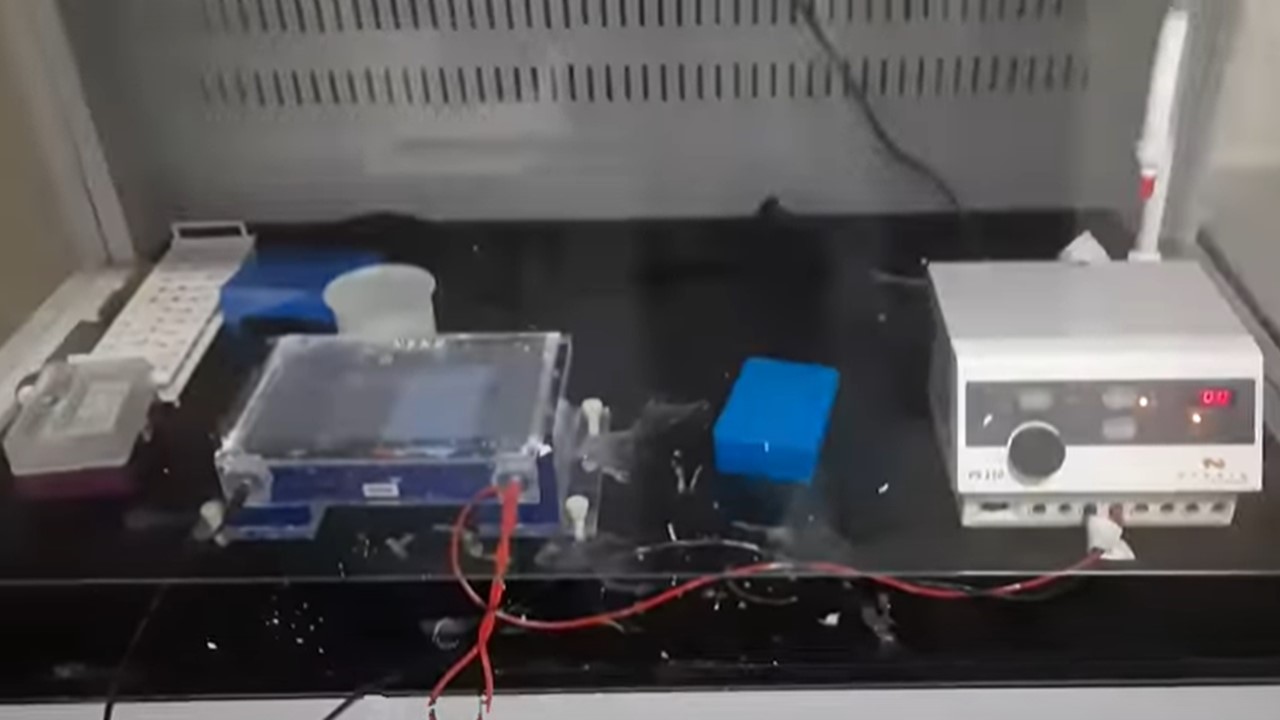Ascitic Fluid Microscopy: Introduction, Principle, Test Requirements, Procedure, Finding, Clinical Significance, and Keynotes
Introduction Ascitic fluid microscopy is a laboratory diagnostic method used to examine peritoneal (ascitic) fluid obtained via paracentesis. It helps in identifying cells, microorganisms, and crystals that provide clues about underlying causes such as infection, malignancy, liver disease, or systemic disorders. Principle The principle of …







